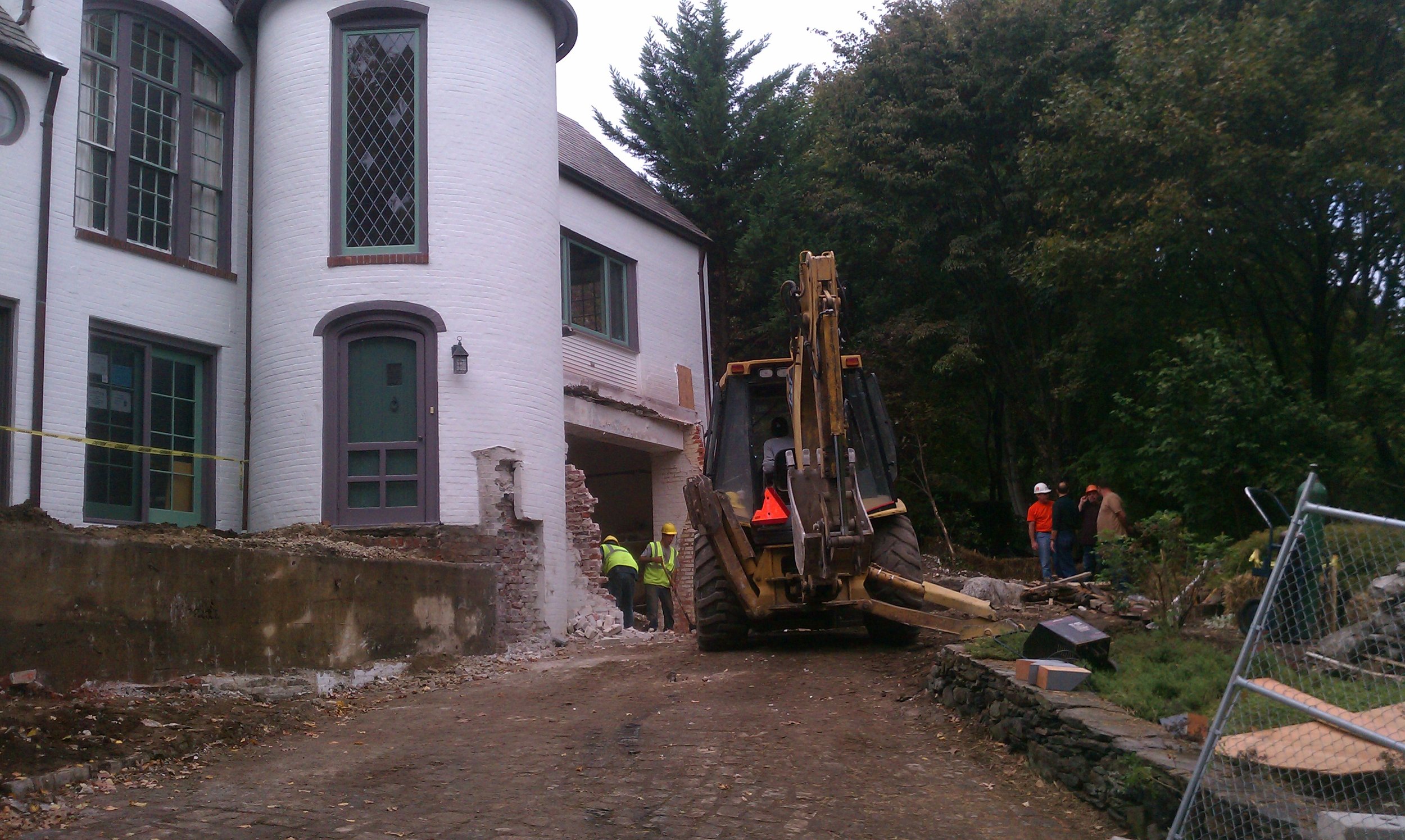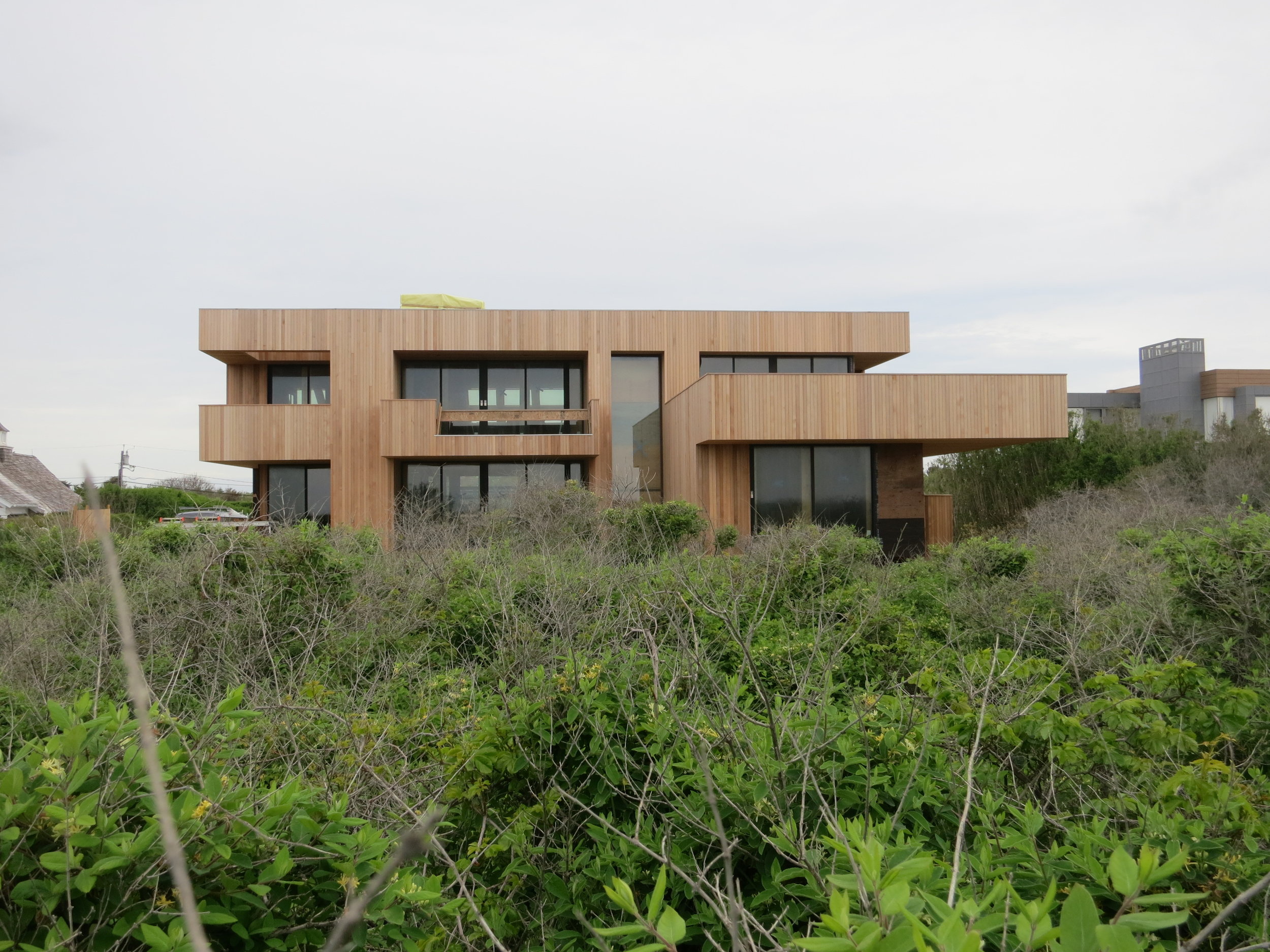Trusses are simply built out of triangles - and they are actually defined as such. Some member will be in tension and some members will be in compression (about half). The trick, and at times difficulty, is to determine which members are in tension and which members are in compression. We can simplify things by recognizing there are only two types of triangles in trusses. One that has two tension members, and one has only one tensions member (tension = rope, compression = wood in below image)...

If I extend this into a longer truss and simply replace the compression member with the tension member, we have...
Do you see the two types of triangle? Also as you can see, the bottom chord is in tension and the top chord is in compression. The trick to determining which diagonal or vertical member is in tension or compression, is ask if they follow the same curve as a hanging chain would between the two end points. If they do, they are in tension, if not, they are in compression.
This is a stable truss for gravity loads...
What is really interesting about changing out the sticks for strings when they are in tension, is the fact that the entire truss can now be folded! Check it out...
Think about how this can be extend to designing and building folding architecture, temporary construction, or tents etc.





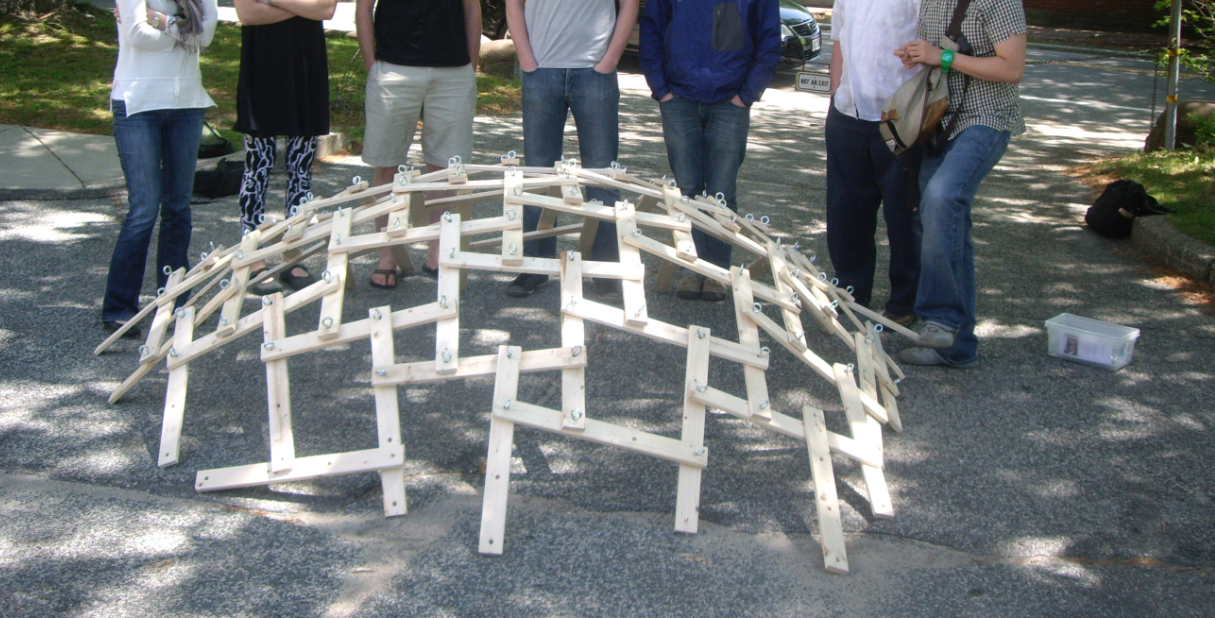


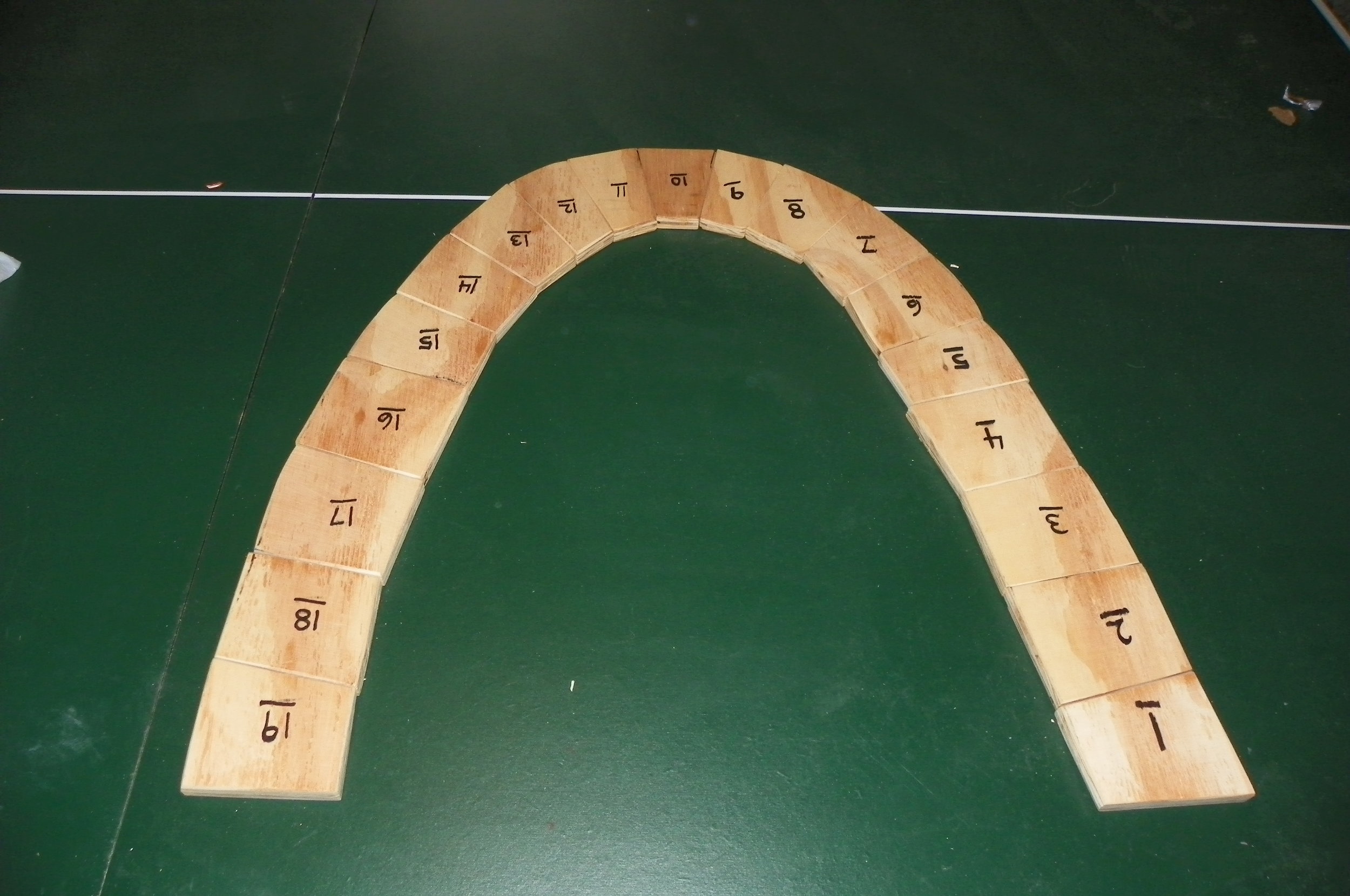




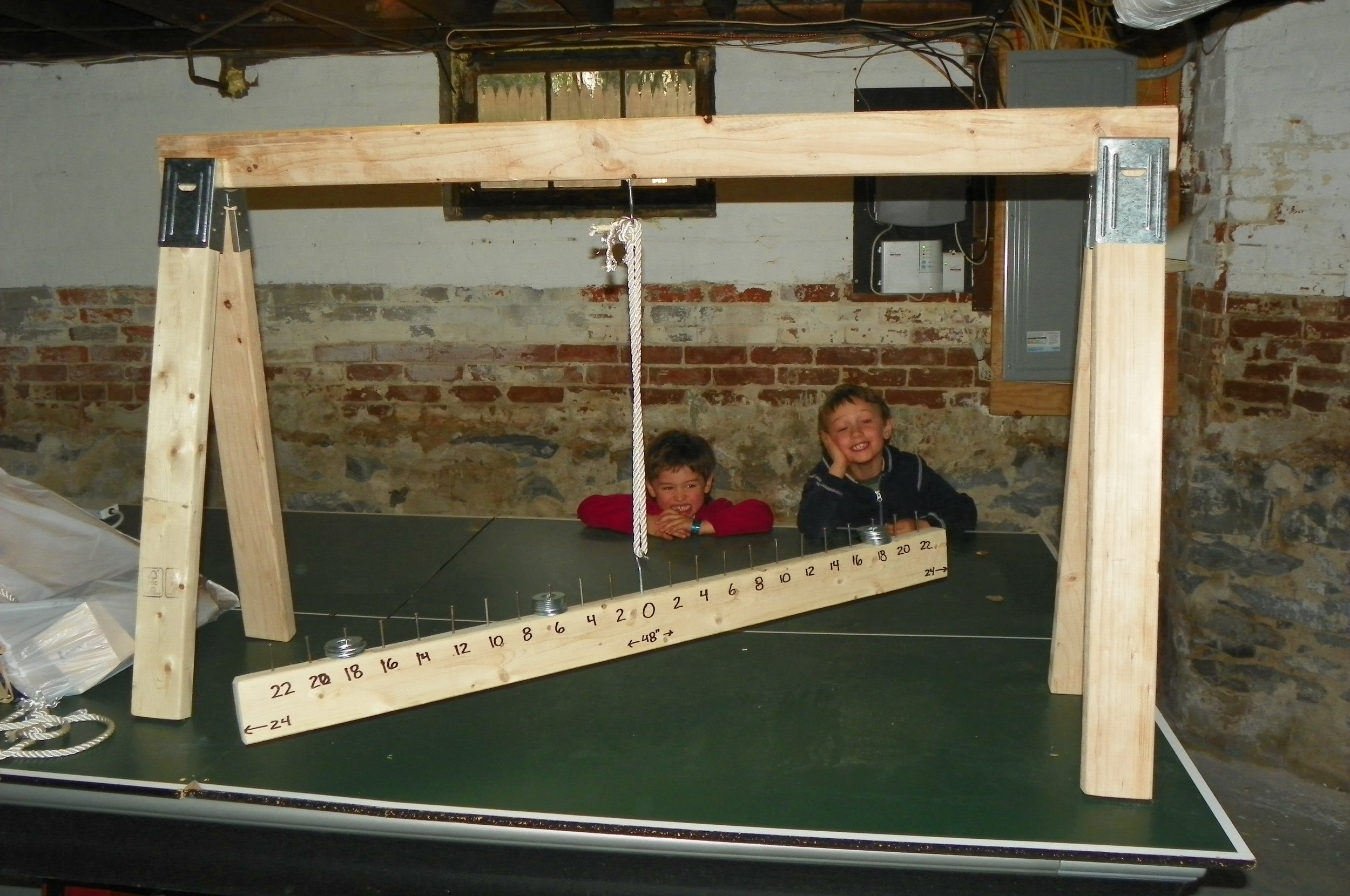

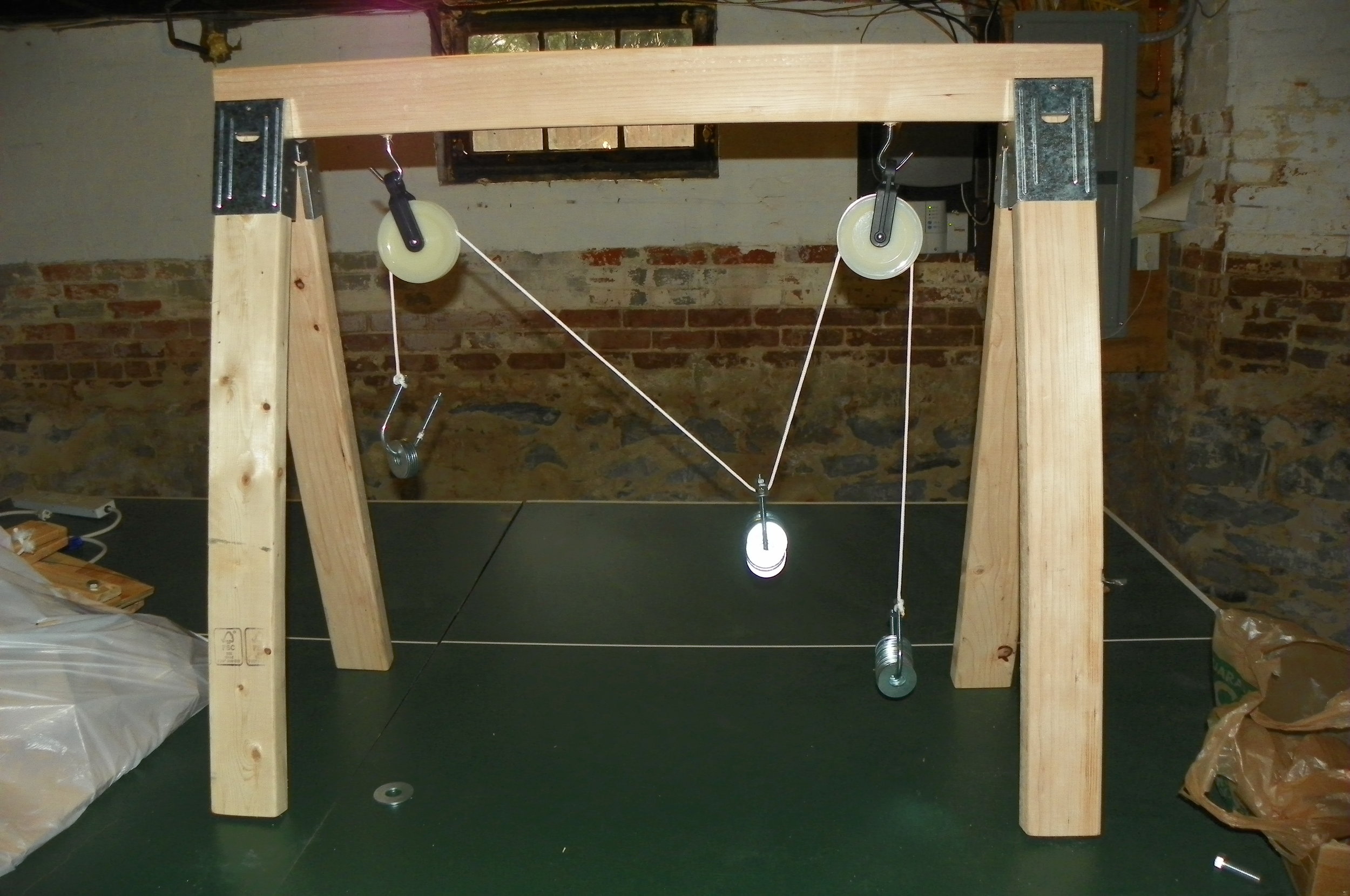
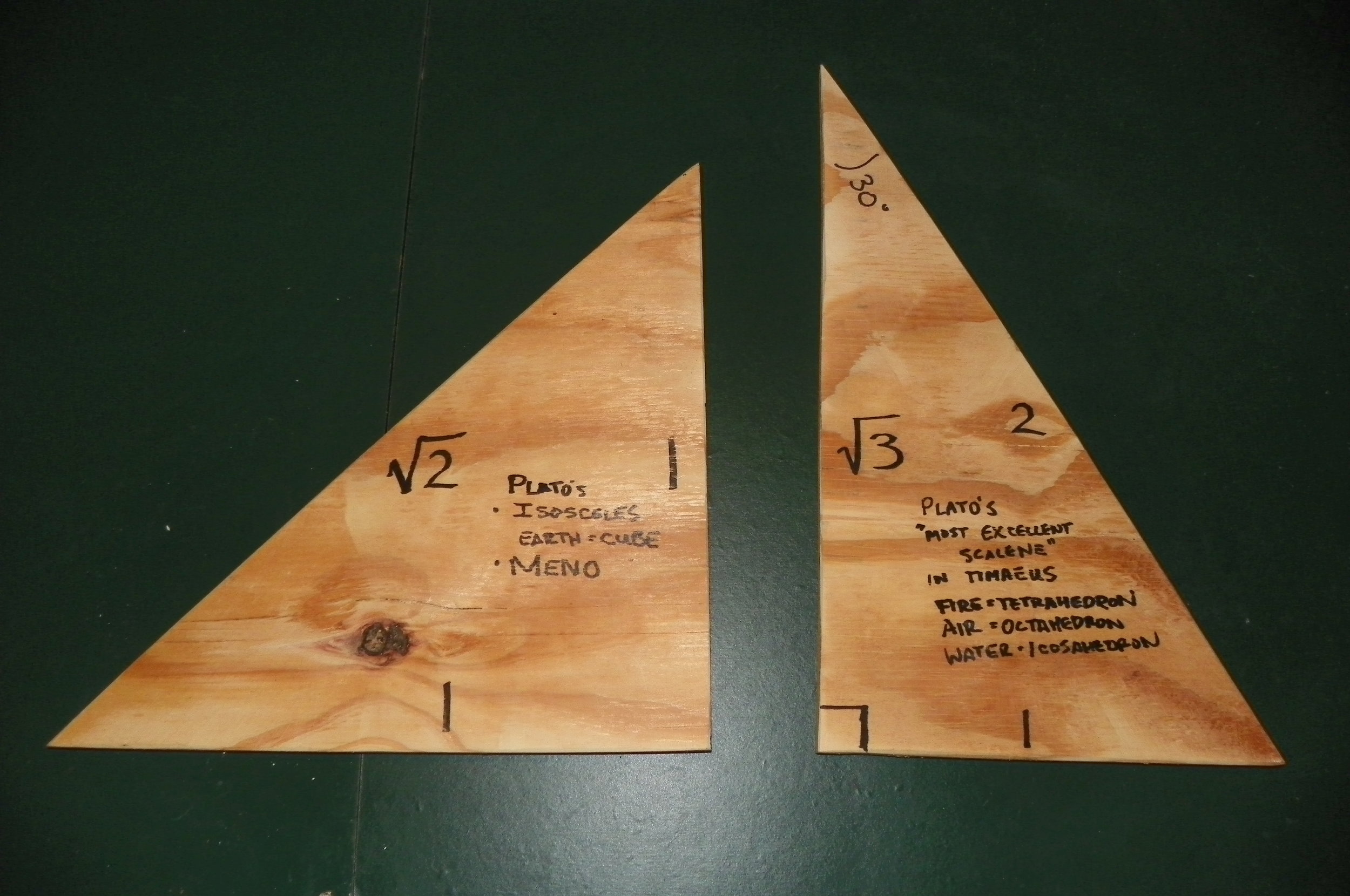




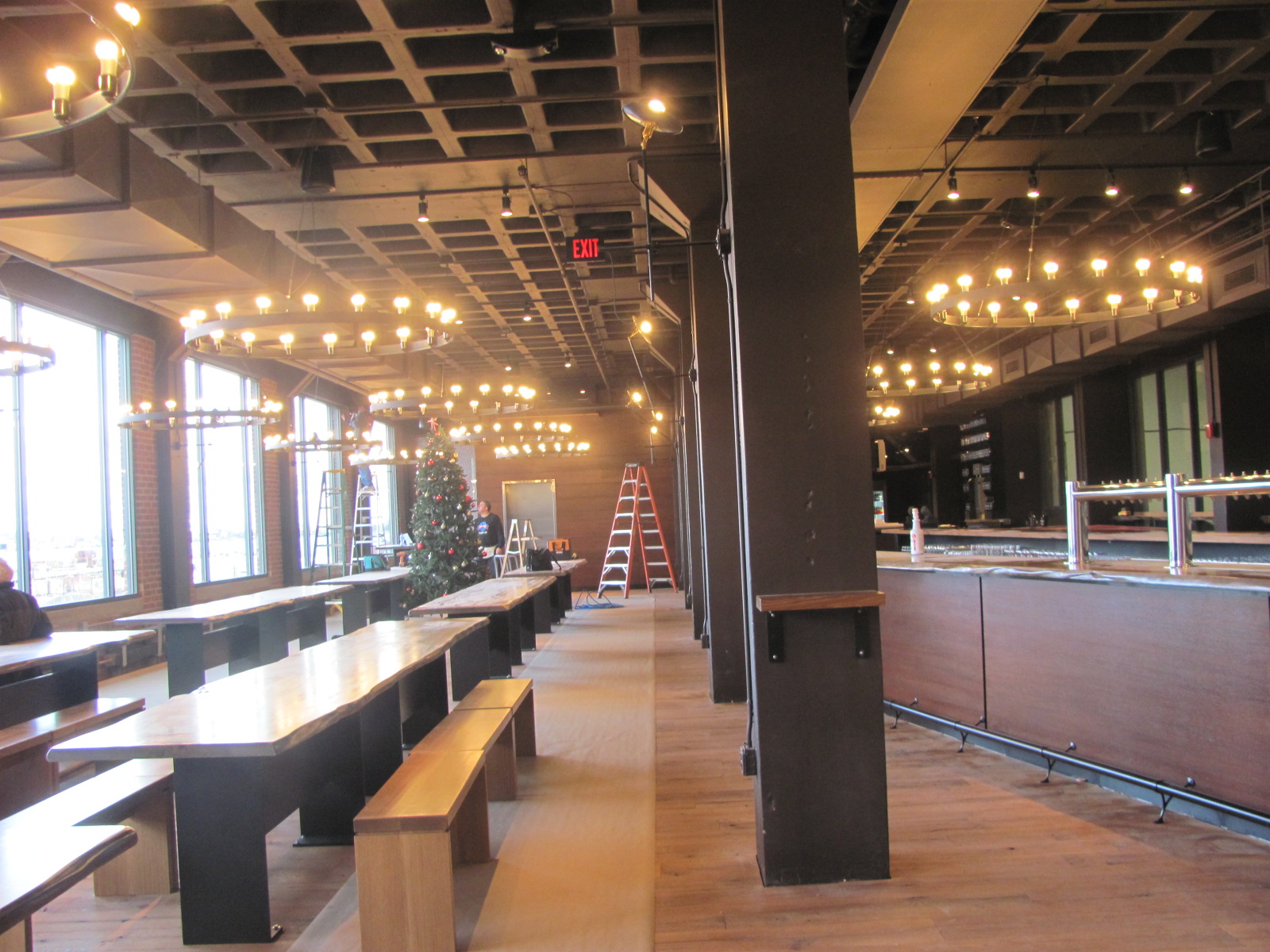





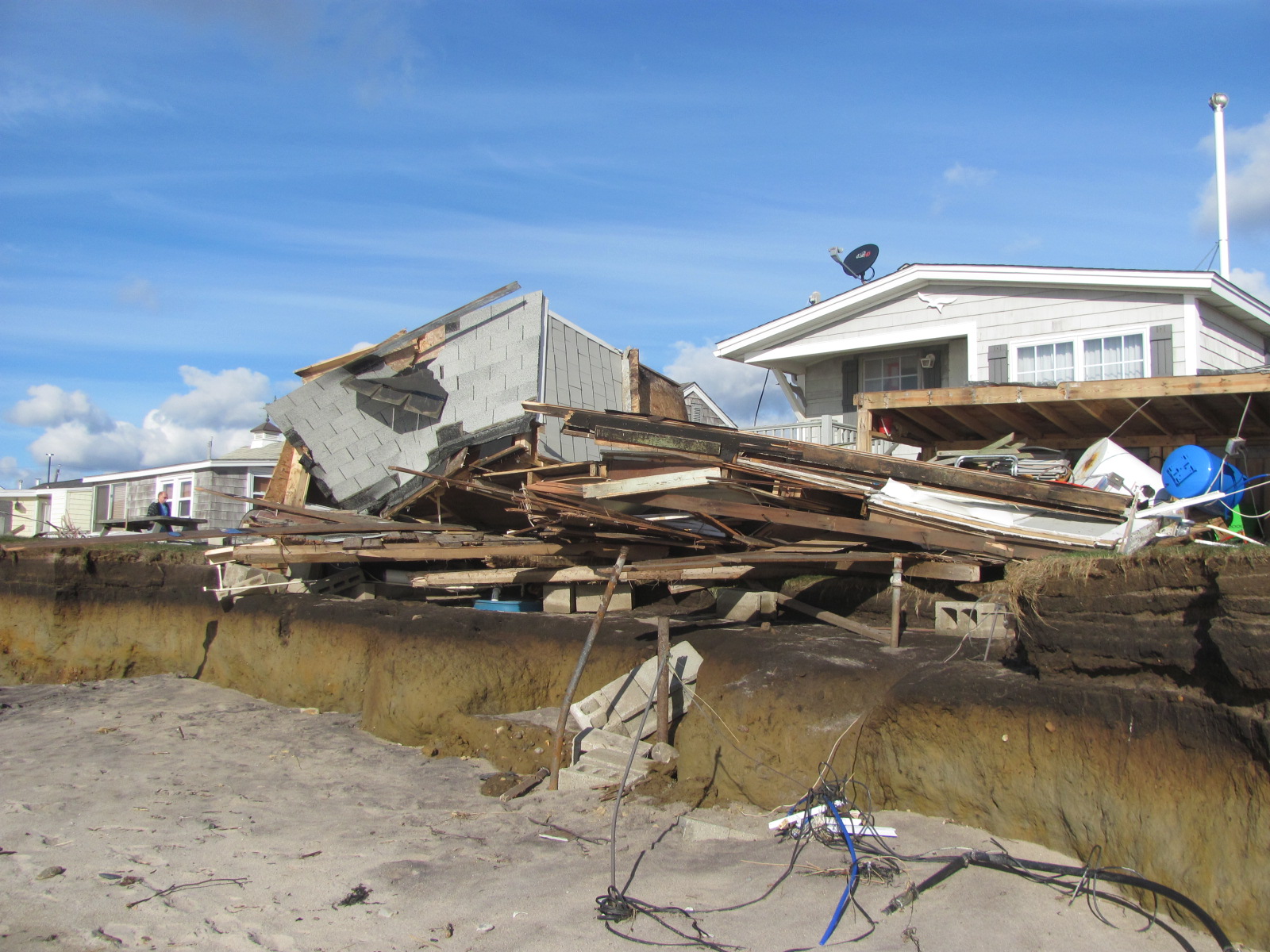



![1101_const_NW[1]](http://static1.squarespace.com/static/5b50dee412b13f916dbf6993/5b64a7fce0c9380bf64954f1/5b64a803e0c9380bf6495637/1533323267156/1101_const_NW1.gif?format=original)
![AU_120608_Stack_Bauer-Res_4878[1]](http://static1.squarespace.com/static/5b50dee412b13f916dbf6993/5b64a7fce0c9380bf64954f1/5b64a803e0c9380bf6495639/1533323267193/AU_120608_Stack_Bauer-Res_48781.jpg?format=original)
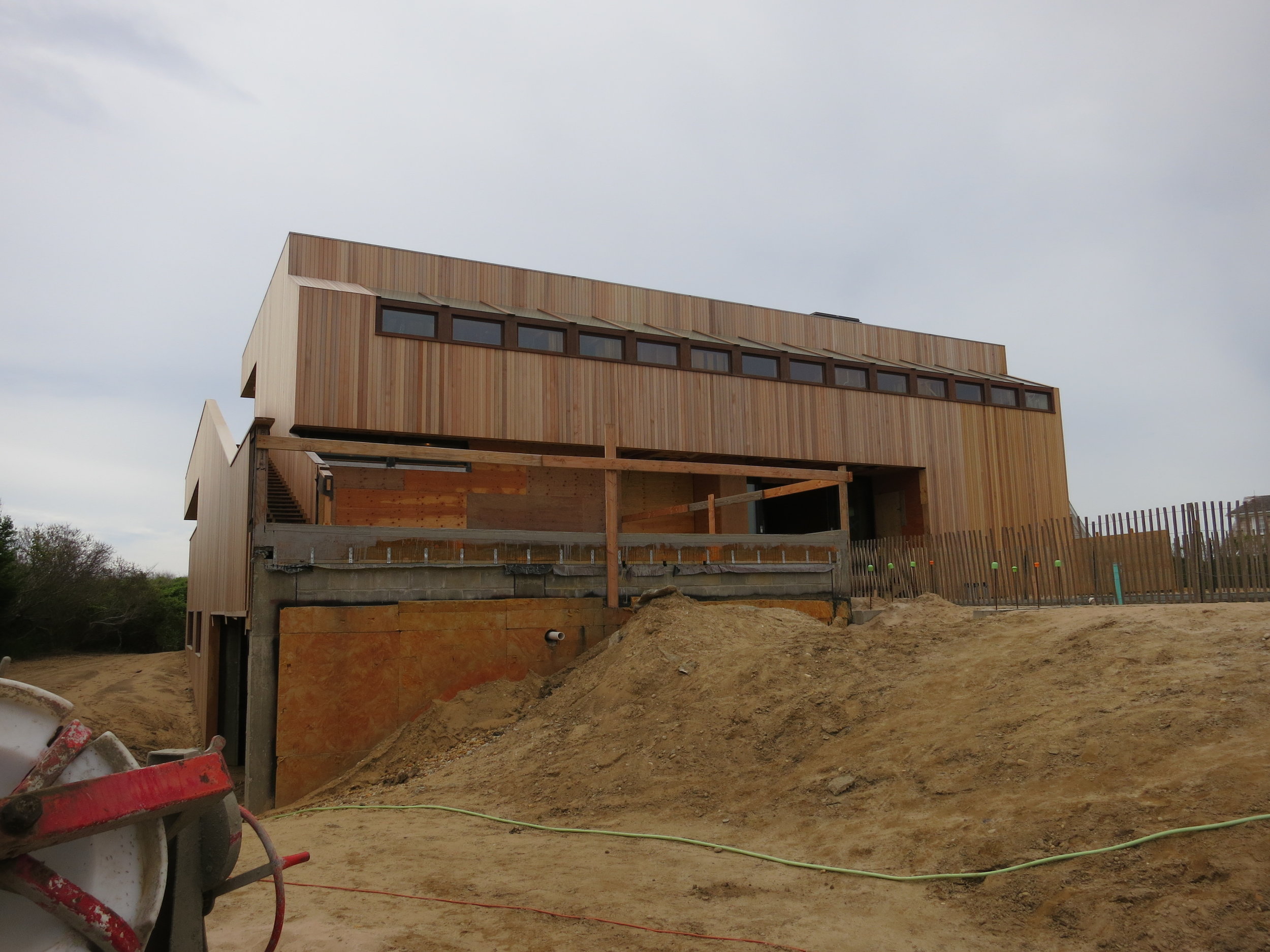

![Q6C5437[1]](http://static1.squarespace.com/static/5b50dee412b13f916dbf6993/5b64a7fce0c9380bf64954f1/5b64a803e0c9380bf6495640/1533323267304/Q6C54371.jpg?format=original)
![tumblr_mb7swv6kwp1r2n6jqo1_1280[1]](http://static1.squarespace.com/static/5b50dee412b13f916dbf6993/5b64a7fce0c9380bf64954f1/5b64a803e0c9380bf6495642/1533323267341/tumblr_mb7swv6kwp1r2n6jqo1_12801.jpg?format=original)
